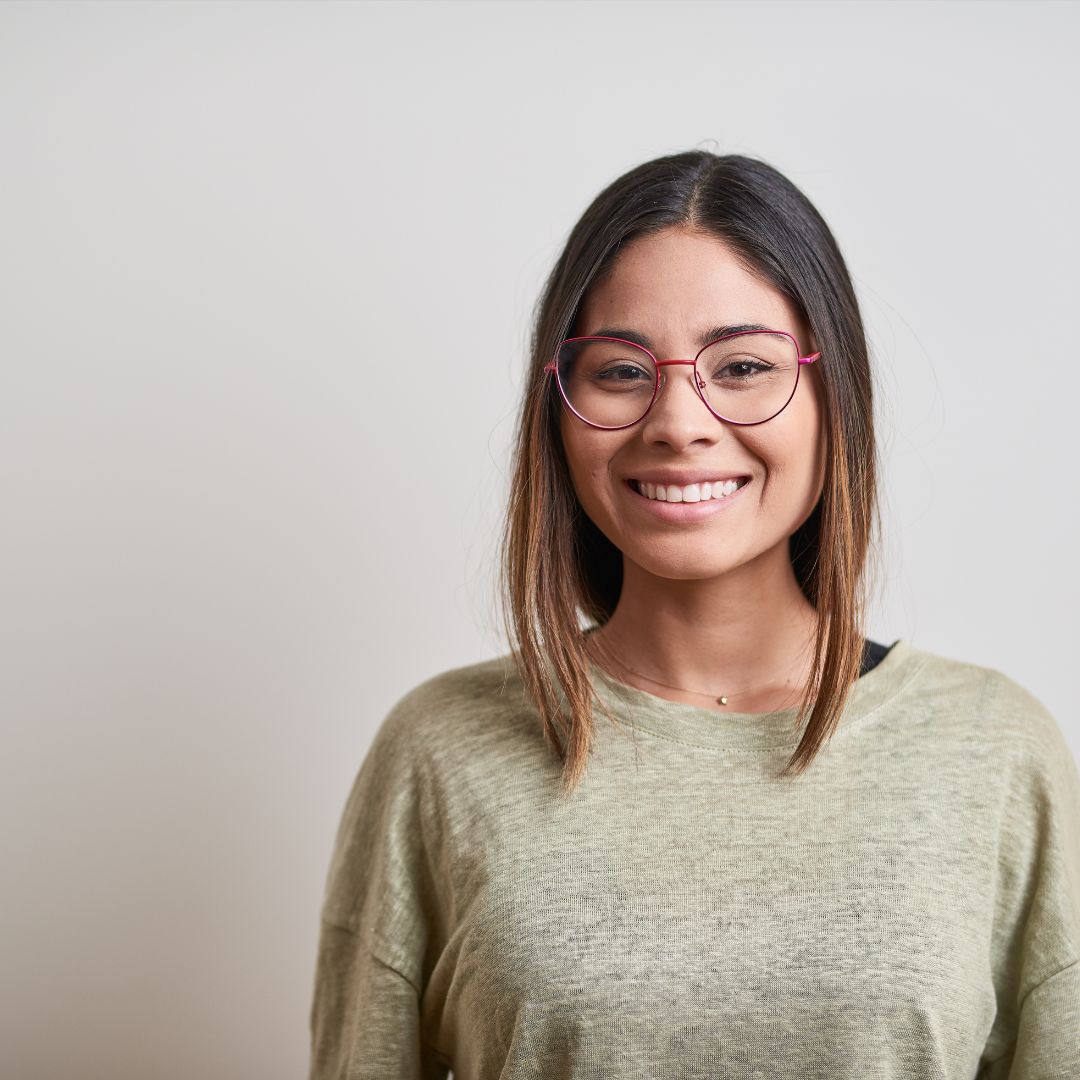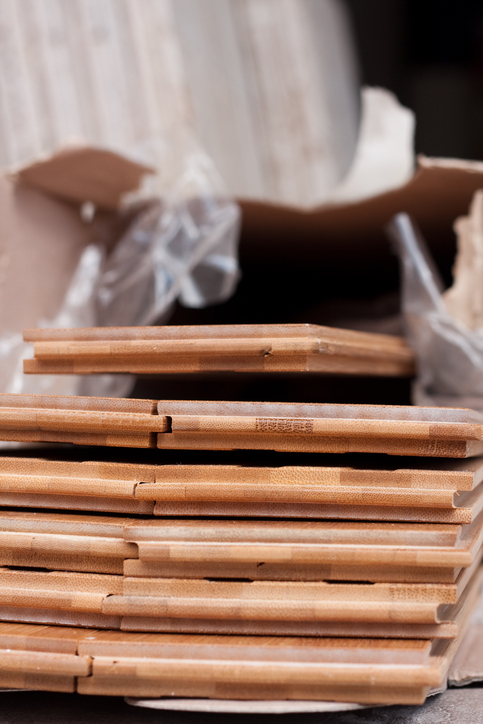Bamboo plywood has a wide range of uses, from cabinets to cutting boards and even airplane wings. However, if stored in areas with excessively low or high humidity, it can warp like all plywood and wood. If you run into this problem, don’t panic. The key to reversing the warp is balancing the moisture content on both sides. The wood side that tends to affect the warp is the concave side, which shrinks when drying out, while the convex side retains higher moisture levels.
A better balance means adding moisture to the concave side without allowing it to reach the convex side. You can accomplish that process by using a 3 step process to fix your warped bamboo plywood:
How to Fix Warped Bamboo Plywood
- Using a spray bottle or sponge, wet the concave side of your bamboo plywood. Hot water works best, as it absorbs into the wood more effectively.
- Lay the piece of wood onto the floor, concave side down to allow warm, dry air to dry out the convex side on top. The floor should be flat and dry to prevent additional moisture from seeping into the wood or causing mold and mildew.
- Apply weights to the convex side at the top of the wood board to push down on the warp. You can use concrete blocks, filled water canisters, or other weights that won’t damage the wood. Over time, the concave side will expand as the moisture you applied absorbs. Thanks to the weight, the board will flatten, and your warp will be gone.
Adding Heat to Speed up the Process
If you want to speed up the process of fixing warped plywood, you can add a heat source to dry out the convex side more quickly. In taking this step, you essentially double the effort in balancing the moisture within the wood: the dry concave side is treated with moisture, while the moist convex side is dried out through heat.
In taking this additional step, though, you have to be careful. Doubling the effect means speeding up the timeline, and you can risk overdoing it, which will result in a warp to the other direction. You can work with the unwarped plywood more quickly but risk rendering it difficult to use by taking it to the other extreme.
Fortunately, no damage is un-treatable. If the wood warps in the other direction, reverse the process and apply moisture to the convex side instead. But of course, you will need extra time once again – so to be sure that you get it right the first time, keep an eye on the material to stop the process when the warp is taken out.
Why does this process work so well? Answering that question requires an understanding of why bamboo plywood warps in the first place.
Why Does Plywood Warp?
Put, all plywood species have the potential to warp if there’s an imbalance of moisture. If the wood is moister on one side then on the other, it will shrink unevenly, which causes the wood to bow. Potential causes for wood to bow include the following:
- Storing wood near a heat source or in the sun. In this case, one part of the wood will dry more quickly than the other, causing the warp.
- Standing the plywood upright. Leaning plywood will cause the different sections to compact differently, causing a warp. The process is made worse when the wood is stored next to a heat source.
- Keeping the boards exposed to the elements, where one side could get wet while the other remains relatively dry.
All of these scenarios can result in warped or bowed plywood. Fortunately, that doesn’t mean the wood is necessarily lost. Instead, you can take steps to straighten out the boards once again and make them workable for your project.
How to Prevent Future Warping
Ideally, you will never have to worry about warped bamboo plywood. A fix for the issue does exist, but not having to go through these lengths will save you immense time and effort. The store or brand from which you buy the wood does not impact the degree to which it will warp; instead, the right storage is the most important variable.
Whenever possible, store the plywood you purchase in a dry area with well-regulated humidity between 40%-60% and away from the elements. No direct heat or moisture source should have the chance to impact one side of it more than the other. We recommend either laying the sheets of plywood flat or standing them straight up without any lean.
Finally, it makes sense to allow your bamboo plywood to acclimate to the environment where it will be used for at least 72 hours before installing it. As bad as warped wood can be for the installation process, it will be even worse if it bows after already being installed or built. Allow the wood to get used to the air moisture content evenly on both sides, and you will not disrupt its balance before, during, or after the installation.

About the Author
Jen is your go-to guru for crafting a cozy, green cocoon. 🪴 Her dive into sustainable building wasn’t just about saving the planet—it started as a mission to make family movie nights eco-friendly (and to ensure the popcorn was the only thing getting heated!). With a knack for breaking down the jargon, Jen turns eco-lingo into everyday language. Swing by the Green Living blog for a mix of earth-loving advice and home improvement hacks. Whether you’re just dipping your toes into green waters or you’ve been swimming in the deep end of DIY projects, Jen’s here to guide, giggle, and remind you that every eco-choice is a step towards a planet that thanks you… and maybe even sends a rainbow your way! 🌈

